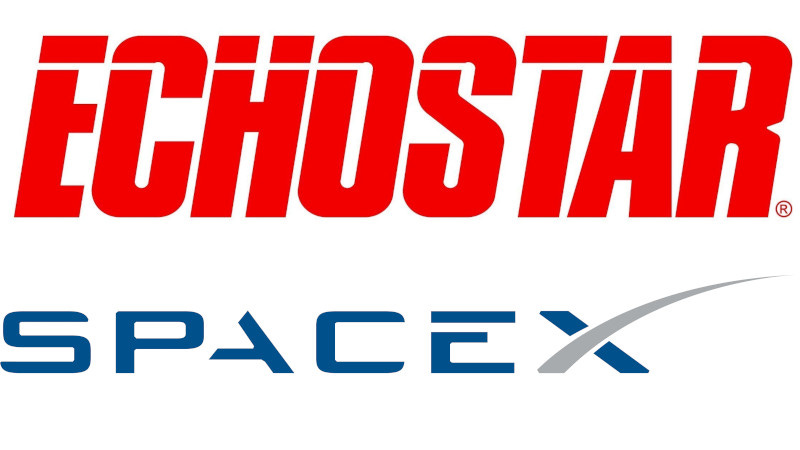SpaceX Acquires Spectrum Licenses from EchoStar for $17 Billion
SpaceX has acquired EchoStar’s AWS-4 and H-block spectrum licenses for $17 billion, positioning Starlink to deliver direct-to-cell satellite connectivity and reshape the global telecom landscape.

SpaceX finalized a $17 billion deal on September 11, 2025, to acquire EchoStar’s AWS-4 and H-block spectrum licenses, a move that marks one of the largest spectrum transactions in recent telecom history. The acquisition grants SpaceX access to mid-band frequencies critical for enabling its Starlink satellites to provide direct-to-cell connectivity, allowing mobile phones to connect directly to satellites without relying on terrestrial towers.
EchoStar’s CEO, Hamid Akhavan, emphasized that the sale would accelerate SpaceX’s vision for ubiquitous, high-bandwidth mobile coverage. Elon Musk, SpaceX CEO, stated that while current smartphones do not yet support the newly acquired frequencies, the company is working with manufacturers to develop compatible chipsets, with the first phones expected to arrive within two years. SpaceX will also need to build new satellites capable of operating on these frequencies, further integrating its Starlink constellation with terrestrial mobile networks.
The deal also signals a strategic shift in the U.S. wireless market. EchoStar’s exit from its proprietary direct-to-device (D2D) network ambitions, including the cancellation of its Aurora project, means that Boost Mobile subscribers will instead access satellite coverage through Starlink’s Direct-to-Cell platform. This transition effectively cedes the D2D market to Starlink and other satellite operators, while confirming that the U.S. will remain dominated by the three major carriers—AT&T, Verizon, and T-Mobile.
Industry analysts note that the AWS-4 and H-block spectrum, harmonized with global 3GPP standards, positions Starlink to act as a wholesale partner to mobile network operators (MNOs) rather than a direct competitor. The spectrum’s characteristics make it suitable for both mobility and indoor penetration, enabling a hybrid model that blends satellite coverage for rural and remote areas with terrestrial small cells for urban capacity. Musk has publicly stated that SpaceX does not intend to put existing carriers out of business, but rather to collaborate and extend their reach.
The international implications are significant. EchoStar’s spectrum assets include global Mobile Satellite Service licenses, giving Starlink the regulatory foundation to expand its direct-to-cell services worldwide. However, regulatory challenges remain, particularly in regions where national authorities may resist the deployment of terrestrial components in satellite-licensed bands.
Market reaction has been swift, with shares of major U.S. telecom providers falling in anticipation of Starlink’s disruptive potential. If successful, SpaceX’s initiative could enable high-bandwidth applications—such as video streaming and video calls—anywhere on the planet, fundamentally altering the economics and accessibility of mobile connectivity.
The $17 billion transaction also provides EchoStar with cash, equity in SpaceX, and a commitment from SpaceX to cover approximately $2 billion in EchoStar’s interest payments through 2027. For SpaceX, the acquisition is a strategic bet on the convergence of satellite and terrestrial wireless, and a step toward a new era of global, seamless connectivity.